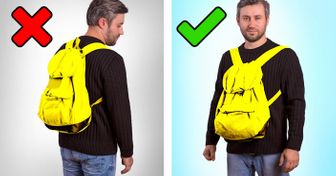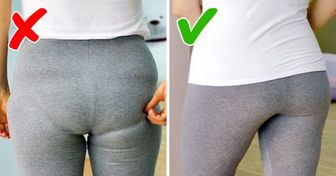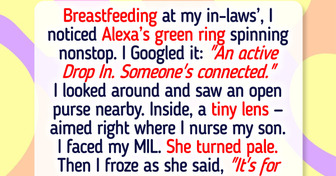15 Unexpected Beauty Hacks You’ll Wish You’d Known About Sooner

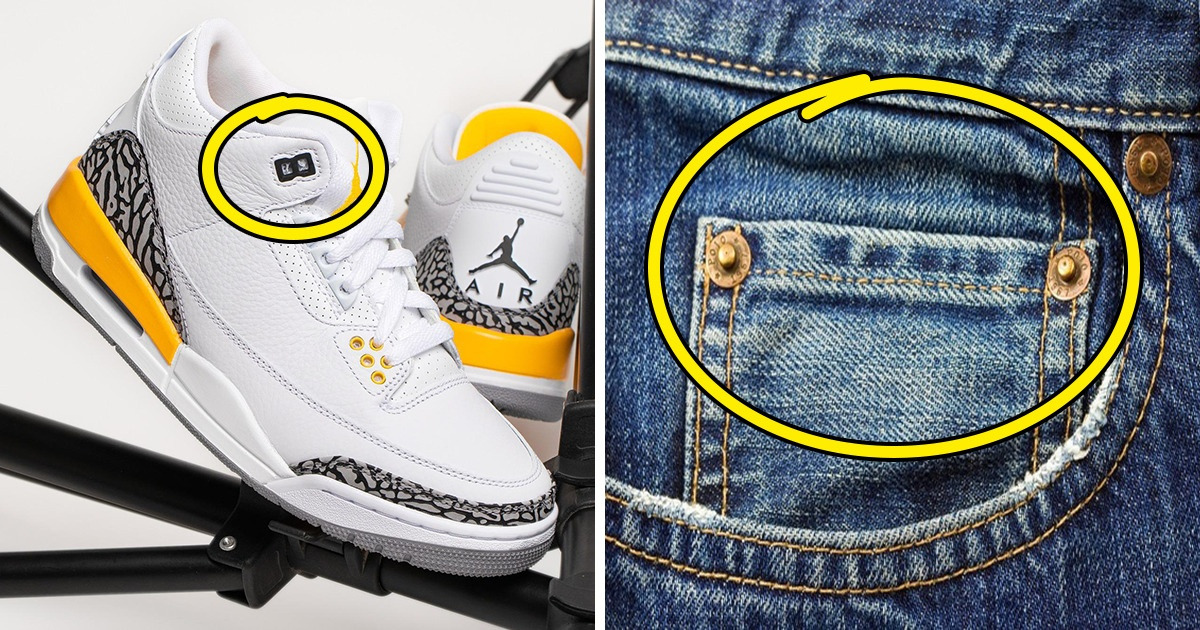
There’s a multitude of things that we see all around us on a daily basis, yet we don’t know what any of this stuff is really for.
We at Bright Side are curious people by nature, so we decided to uncover the secrets of some of them — and we’re happy to share what we discovered with you.
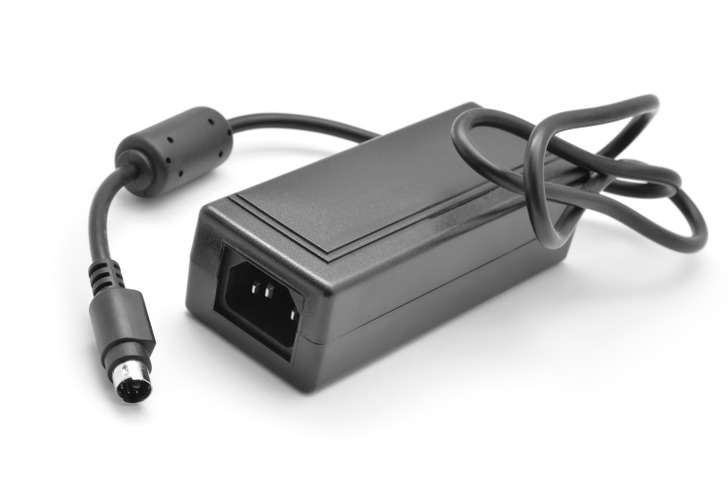
You’ve almost certainly noticed this little thing when using a laptop. This small but very important device is called a “ferrite bead.” It suppresses high-frequency noise in electronic circuits. Its design is incredibly simple: it has an insert made from ferrite, which the cable is wrapped around.
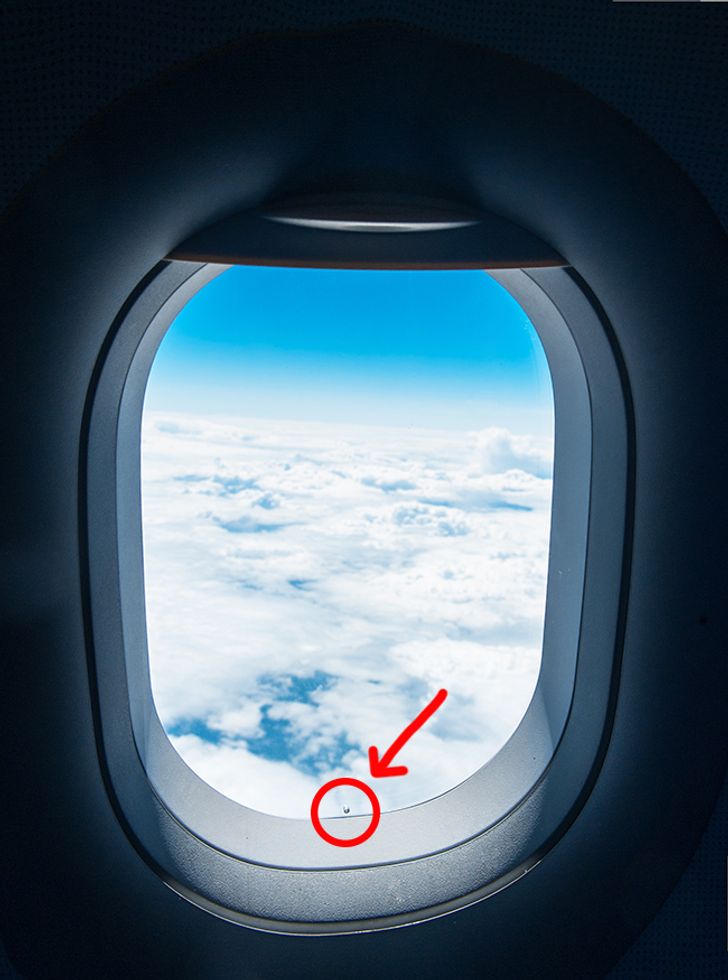
Two pieces of plastic glass (perspex) are used to make the window panes in airplanes. On its own, the inner glass pane could potentially shatter because of the significant difference in pressure between the plane cabin and the outside. The tiny hole allows the air to move between the cabin and the area between the two panes, thus equalizing pressure between them.
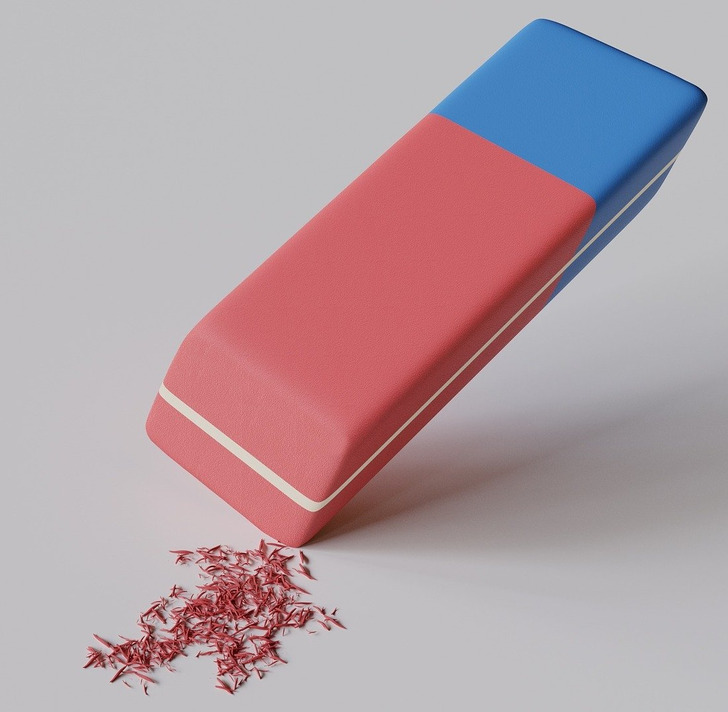
Ask anyone why there’s a blue part on your eraser, and they’ll probably say that it’s to remove pen marks. But this isn’t quite true. It was originally intended to remove markings from thick paper. The pink part can often leave traces of what was written behind on the paper, whereas the blue part generally gets rid of everything.
Producers of erasers soon found that people didn’t quite understand its true purpose, so they started promoting the use of the blue part of the eraser for its new-found purpose of removing pen marks. They even went so far as to sometimes label it with the image of a pen.
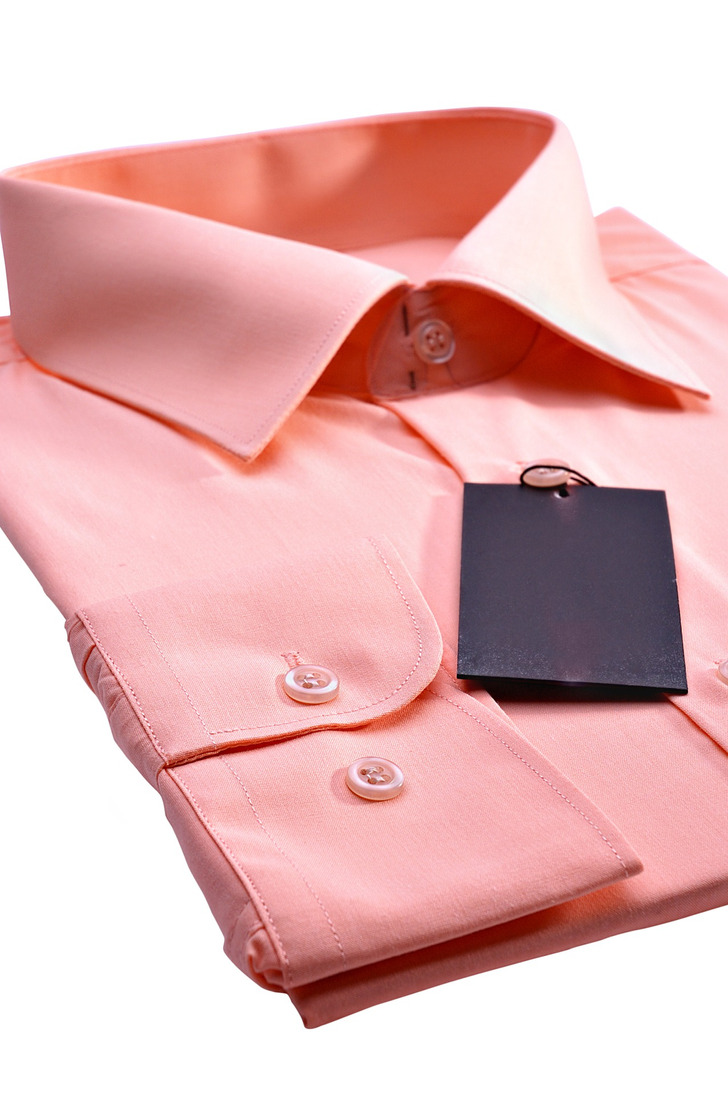
Here’s another mystery associated with your shirts — why are the buttonholes for the uppermost and lower buttons horizontal, while all the others are vertical? This has its origins in the fact that the buttons in these 2 places are more likely to come undone. A horizontal buttonhole makes this less likely compared to a vertical one.
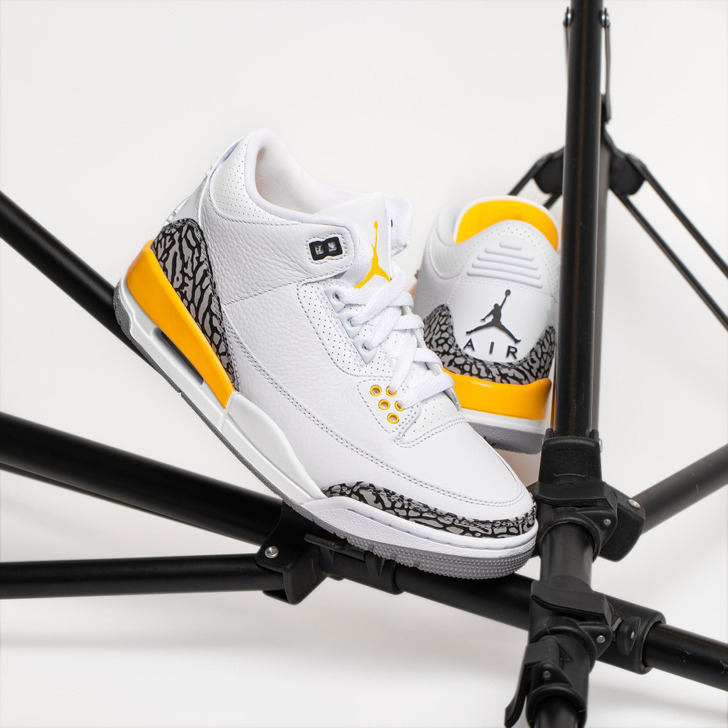
Few people pay attention to the extra eyelets at the top of their running shoes. Yet they should, because they were actually designed with a very useful purpose in mind: they’re meant to fix the shoes in place on your feet and prevent them from rubbing your ankles while you’re playing sport. You can find out how to use them in this video.
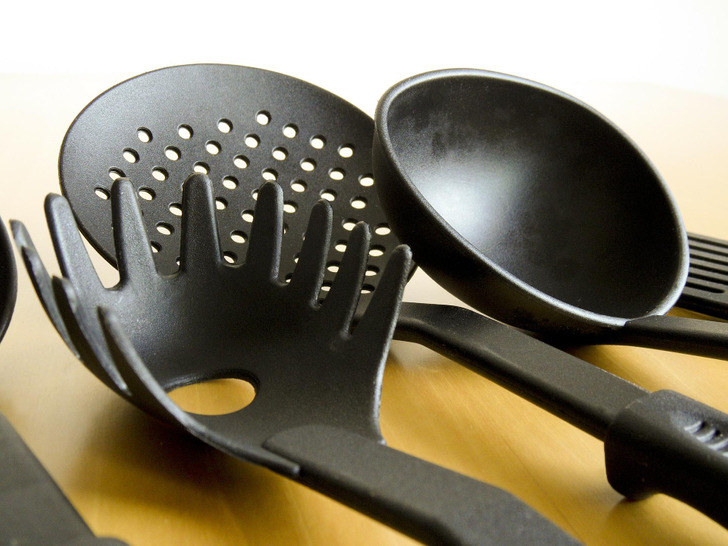
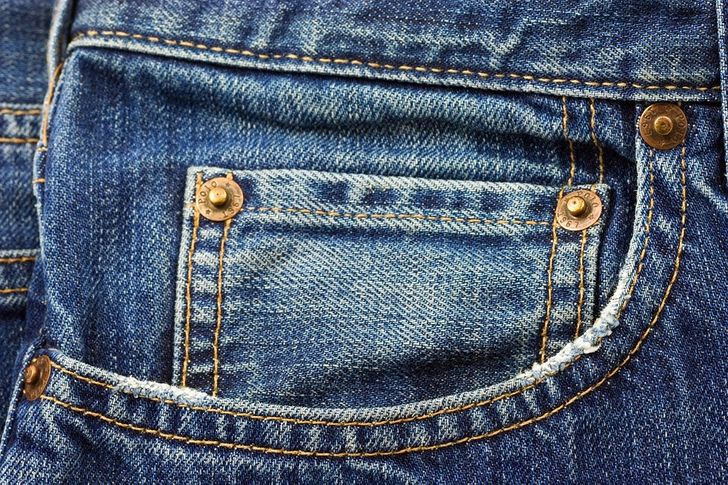
The most common answer to the existence of the small pocket is that it’s meant to hold contraception! Of course, the little pocket on your jeans might be suited for this, and for holding many other things, but this wasn’t its original purpose. It first appeared on Levi’s jeans way back in 1873 and was meant to be used for pocket watches. To this day it is still officially referred to as a “watch pocket” by the manufacturers.
As for the rivets, they play a more important role than you might think. When the first pairs of jeans appeared, laborers wore denim as they worked, but the physical labor caused their trousers to fall apart quickly. Fortunately, a solution was found: studs could strengthen the areas that endured the most strain. The riveted trousers became a huge success and as we still wear them nowadays, it’s possible to imagine how revolutionary they really were.

